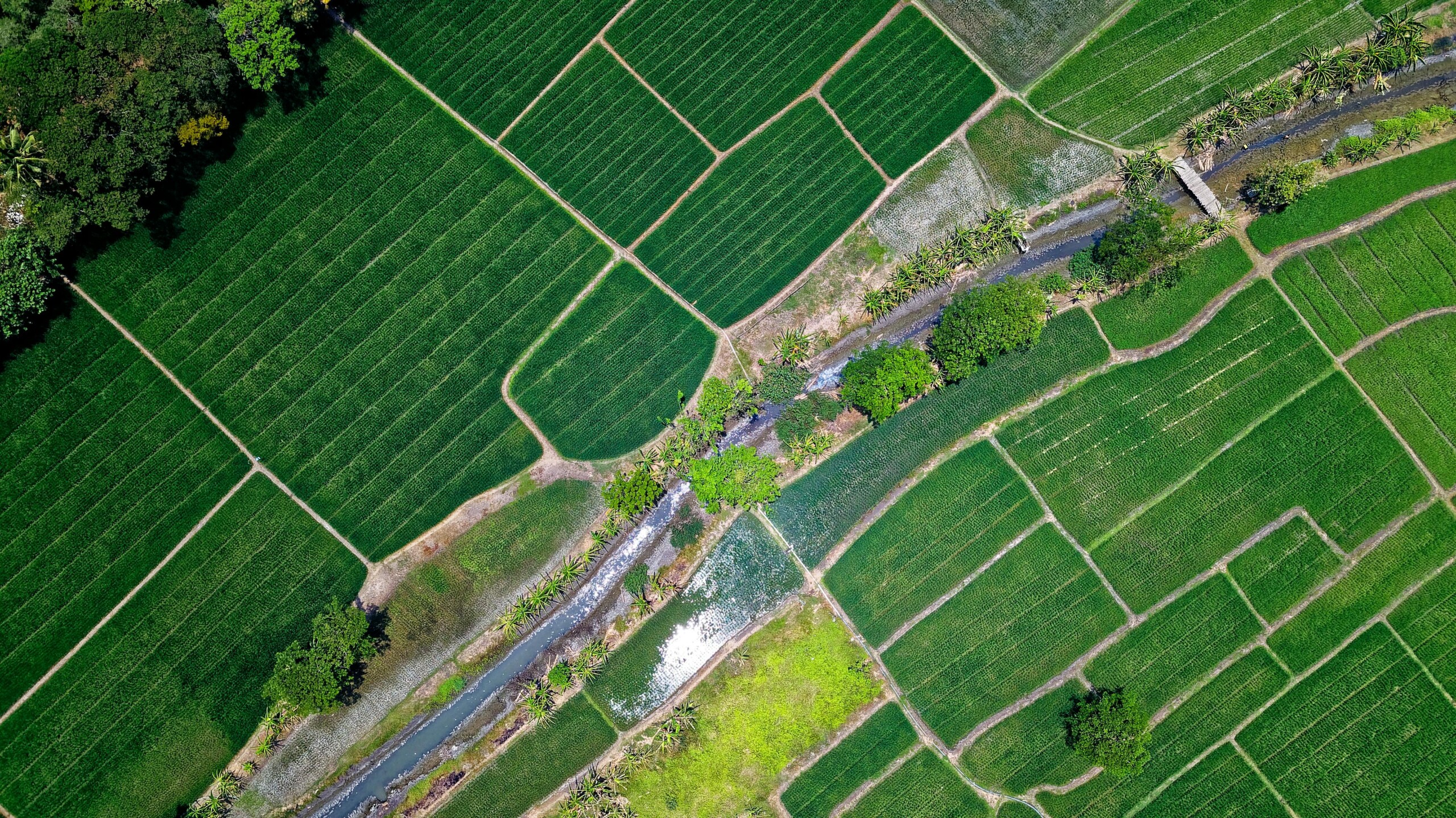Across the EU, nature restoration and rewilding have become an important focus as efforts are made to reverse decades of environmental degradation. Human activities such as agriculture, industry and urban development have altered many ecosystems, and large-scale restoration is now seen as a necessary step to help recover biodiversity and improve ecological health. However, these efforts are not without challenges, requiring thoughtful planning and collaboration among governments, industries and communities.
The European Union has responded to this crisis with the Nature Restoration Law as part of the Green Deal, a landmark piece of legislation designed to bring degraded ecosystems back to life. This law sets ambitious targets, including restoring 20% of the EU’s land and sea by 2030, with the ultimate goal of halting biodiversity loss and combating climate change. However, implementing such a sweeping initiative comes with significant hurdles.
Challenges include:
- Balancing restoration efforts with agricultural and economic interests.
- Securing the necessary funding.
- Lack of appropriate solutions to facilitate funding and implementation of nature restoration projects at scale.
However, despite challenges, there are huge opportunities for large-scale nature restoration in Europe.
Opportunities for large-scale nature restoration in the EU
There’s significant opportunities for recovering degraded agricultural landscapes, improving biodiversity and promoting sustainable farming practices in Europe. Let’s take a look of some of these opportunities:
1. Agro-ecological practices and sustainable farming
Restoring Europe’s agricultural ecosystems opens the door to innovative farming practices that work in harmony with nature. Agro-ecological methods, such as crop rotation, intercropping and agroforestry, not only improve soil health and reduce the need for synthetic chemicals but also enhance biodiversity. For example, integrating trees and shrubs into farmland helps to diversify habitats, reduce erosion and improve water retention, all of which boost ecosystem resilience.
Additionally, organic farming ”which avoids the use of synthetic pesticides and fertilisers ”provides an opportunity for more sustainable agriculture that supports ecosystem recovery. This method encourages the return of beneficial insects and pollinators while restoring soil organic matter, ultimately improving long-term food security and ecosystem health.

2. Nature-based solutions for climate adaptation
As climate change poses increasing risks to food systems, nature restoration can be a valuable tool for adaptation. Wetland restoration, for instance, improves water regulation and flood control, while also enhancing habitats for wildlife.
Restored forests and grasslands can act as carbon sinks, helping to mitigate climate change by absorbing greenhouse gases. In addition, diversifying crop systems helps to build resilience against extreme weather events, such as droughts and floods, which are becoming more frequent due to climate change.
3. Biodiversity enhancement and boosting ecosystem services
The restoration of natural habitats, such as hedgerows, wetlands, and meadows, within agricultural landscapes offers a chance to enhance biodiversity. These restored areas provide shelter and food sources for a wide range of species, including pollinators and natural predators of pests, which are critical for agricultural productivity. Enhancing these ecosystem services reduces the need for chemical inputs and creates healthier, more resilient farming systems.
4. Policy and financial support for restoration
The European Union’s Nature Restoration Law provides a strong framework for restoring natural ecosystems. Financial incentives and policy support are key to enabling nature projects, farmers and local communities to adopt sustainable practices. Through grants, subsidies and eco-schemes, governments can help integrate restoration on the ground through local initiatives and stakeholders.
Private and corporate investors also play a critical role in supporting large-scale nature restoration by providing essential funding and resources for projects that governments and non-profit organisations alone may not be able to sustain. These investors can fuel innovative solutions by offering capital to bridge the gap between environmental goals and economic feasibility. By aligning financial incentives with environmental goals, private and corporate investors contribute to long-term ecological resilience and the fight against climate change.

Harnessing opportunity for EU nature restoration
Nature restoration in Europe offers a range of opportunities to restore biodiversity, combat climate change and promote sustainable agriculture. By adopting agroecological practices, restoring ecosystems and leveraging policy support, Europe can create a more resilient and biodiverse agricultural landscape that benefits both the environment and rural communities.
Dulra is developing a cutting-edge AI data management platform designed to help nature-based solution projects secure funding by converting raw ecological, climate and socio-economic data into actionable reports for funders. Learn more.






